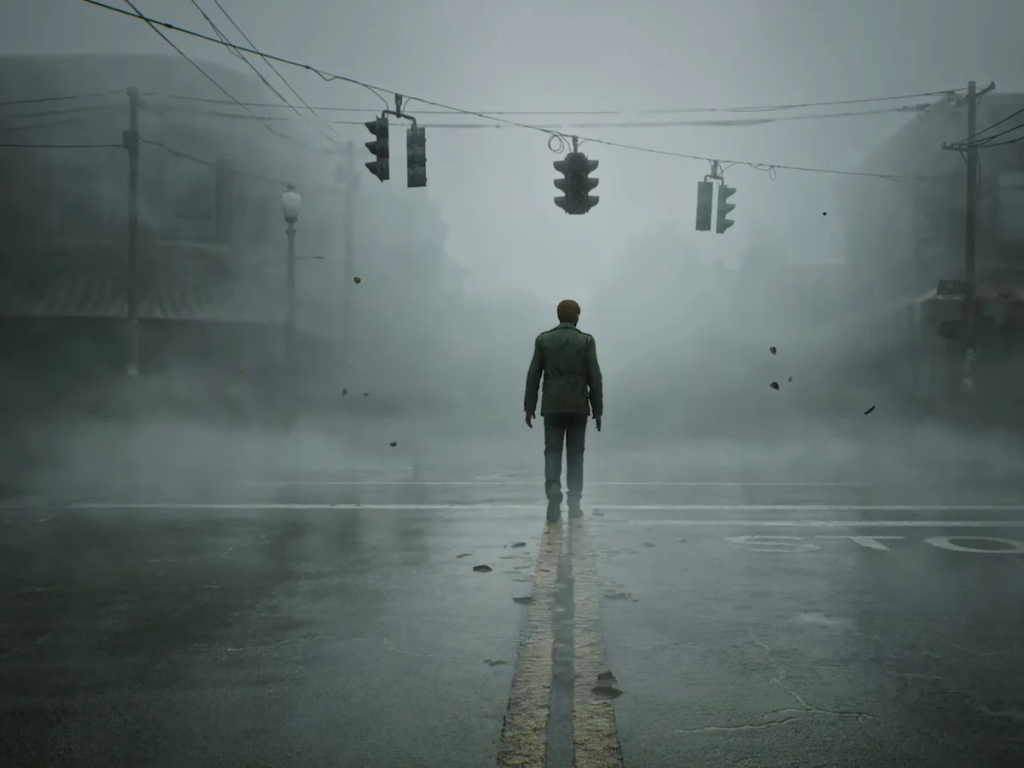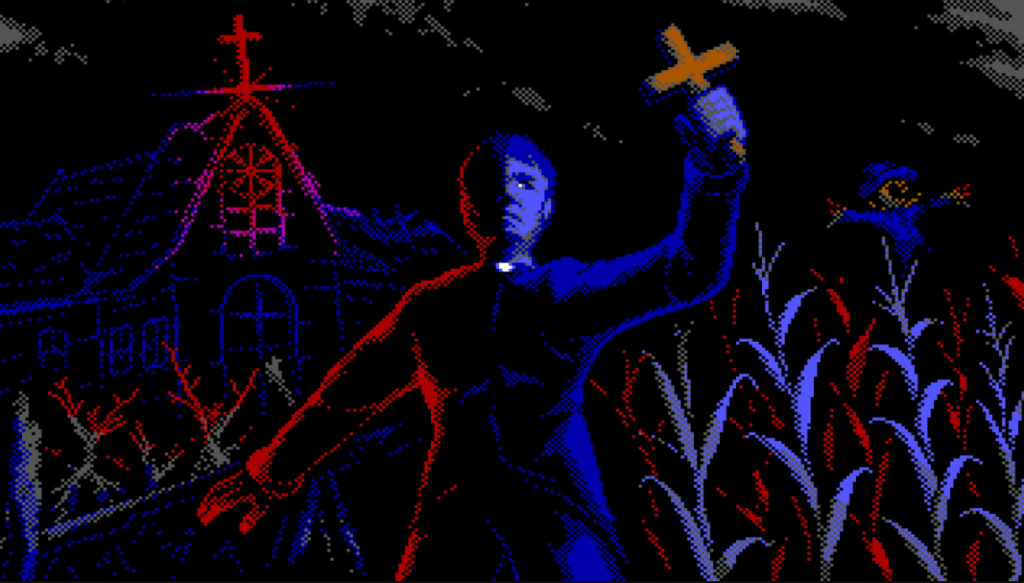Scaring an audience in games in comparison to scaring an audience in films, is a drastic difference. In film, you observe what’s happening to the protagonist as they already have a set destiny to follow, whereas in games, you are the protagonist, therefore you are responsible for what is going to happen to you. However, making a game terrifying can serve as a difficult task. If the game offers too many jump scares, it comes off as cheap and lazy. The trick to making a game scary aren’t the monsters or the main antagonist of the game, but the environment that surrounds the player. Think about it like this: imagine you, as the player is standing in a creepy, desolate motel corridor. How can we make this experience scarier? By turning the lights off? Including a door creak and have that door open slowly? Does the music crescendo?
Environmental story telling
By looking into games like Silent Hill that pioneer environmental story telling, we can get an understanding of what it means to scare the player.

If we look into this image we can analyse and break down what makes this environment feel so other worldly and distant:

The thing that stands out to me the most in this environment is the fog. The fog in Silent Hill has been used to make this town feel more mysterious and strange. It has also been used to confuse the player’s depth perception as well as fear what hides behind the fog as sometimes, the player can mistake silhouettes for something more sinister. The fog offers something that darkness cannot, whereas the lack of light is prevalent during the night, Silent Hill uses this tactic to make the player be scared during the day as well as the night, thus making the player stay in a constant cycle of being paranoid- no matter where they explore.
Artistic direction
Faith uses a very simple artistic direction, yet it works so well, particularly when the developers want the player to feel a sense of peril.


Although the game itself showcases a simplistic aesthetic, the thing that catches my eye the most are the animations and how smooth they look in contrast to the main aesthetic of the game. Sometimes this wouldn’t go hand in hand. However, since this game is a horror game, there is something eerie about the animations being unnaturally smooth- especially when the majority of the game looks like it’s been animated on Flipaclip. So when the animation plays, it appears much more disturbing and like it doesn’t belong in the game.
Create a connection
It’s easy to dissociate the protagonist from yourself if you can’t find them relatable. So when you write a protagonist, make sure the player can relate and sympathise with them. A great example of a protagonist most people can sympathise with is Ethan Winters, from the Resident Evil franchise.

We as the players find it much easier to sympathise with Ethan and his back story as most players can relate to him. The age rating for Resident Evil Village is 18 and above, this means that some players could be parents themselves. It’s also important to make the protagonist and the player feel like they’re on the same boat; an environment that is new to the protagonist should also feel new to the player as well.
How is this relevant to my project?
Looking at effective ways on how to make the player feel uneasy is essential to my project as I see myself looking at the horror genre to make this game. I want to be able to make my player feel a sense of peril as soon as they discover a new environment and know that the place that they’re going to explore is dangerous. Knowing what art direction I want to look into is also important as it can heavily impact the emotional response from the player and set the atmosphere for the game. E.G if I choose to go with a creepy art style the player will be constantly paranoid throughout the game. Lastly creating a connection between the protagonist and the player can serve useful as players can sympathise and develop an attachment to the protagonist, making them think about their actions more thoroughly.


